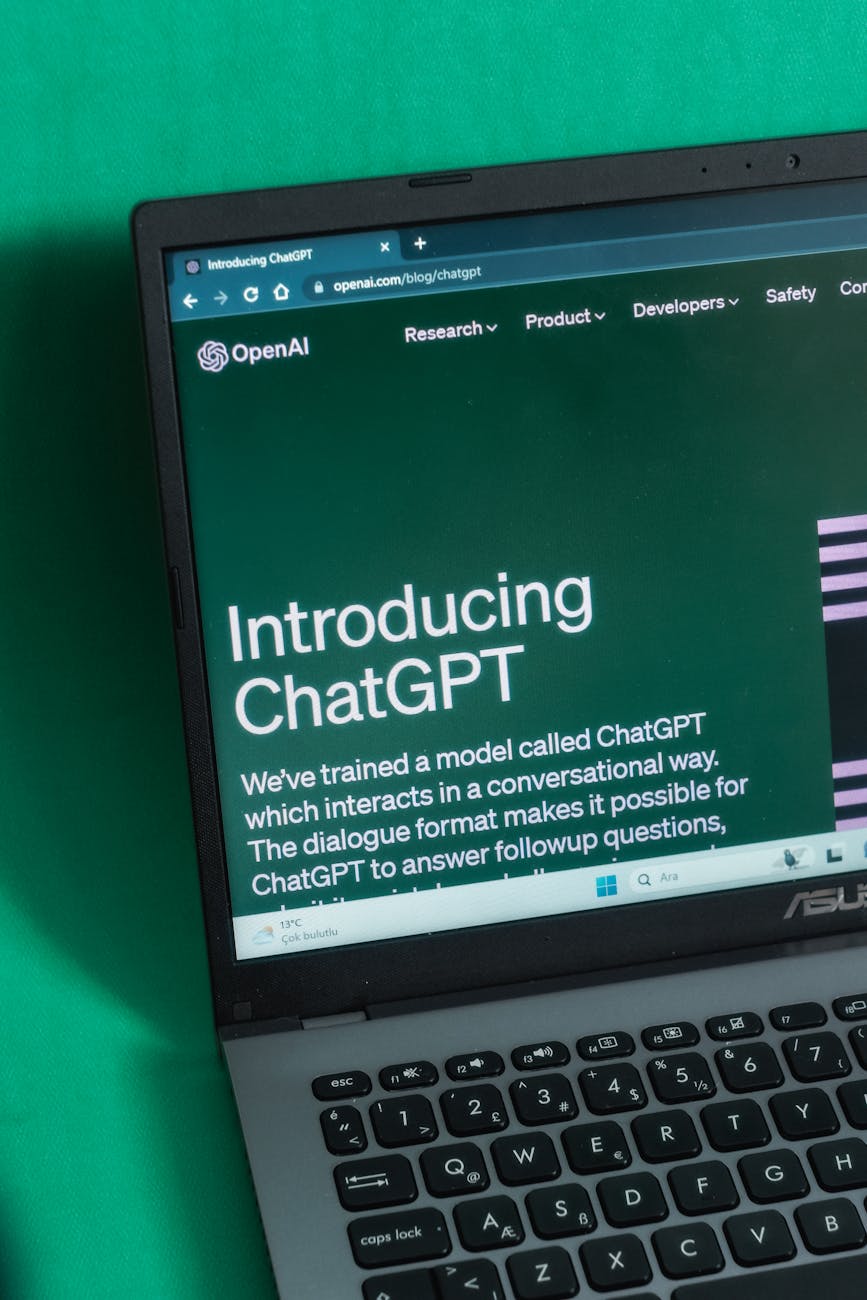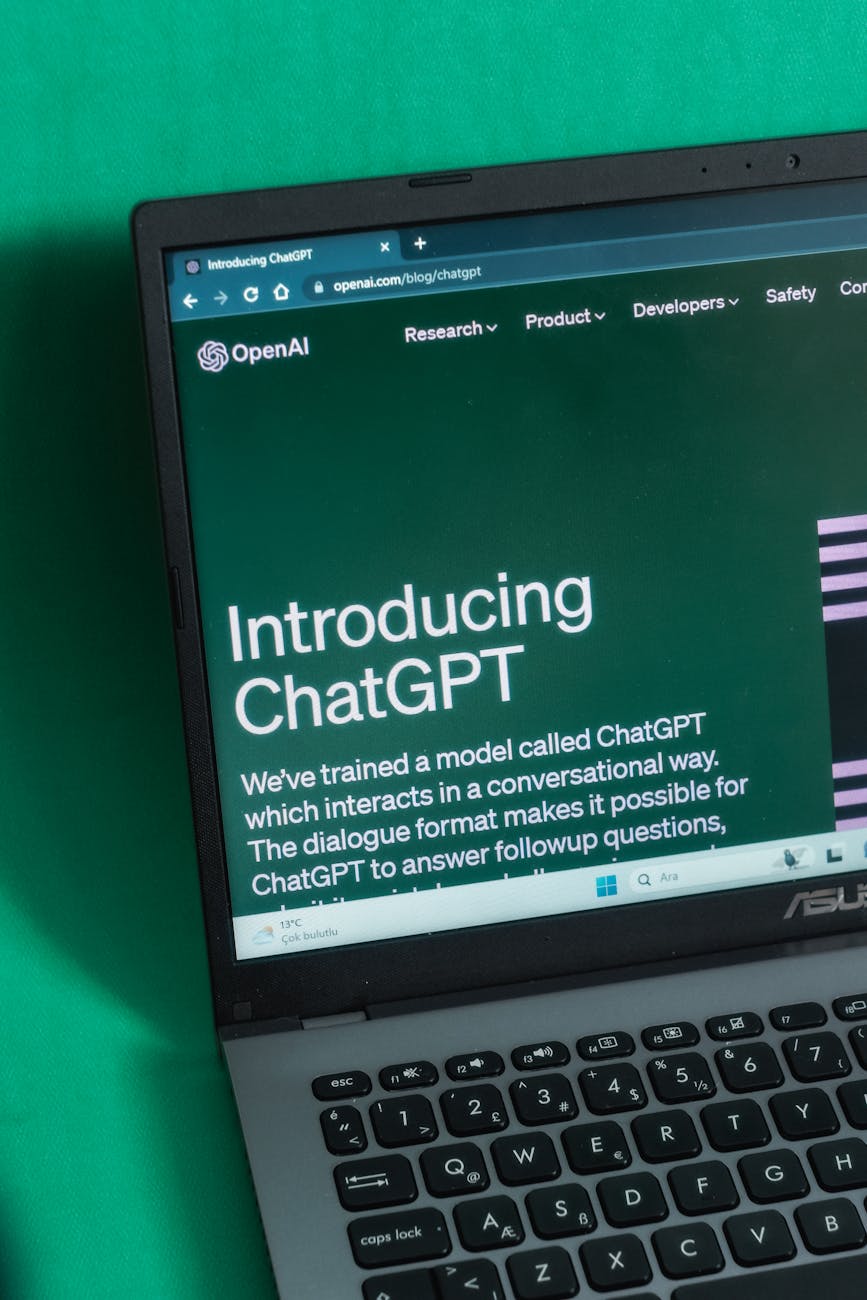When Hype Outpaces Reality: Is the AI Revolution Just Another Dot-Com Bubble?
Beneath the dazzling advancements and soaring valuations, whispers of a speculative frenzy are growing louder, echoing a cautionary tale from the dawn of the internet age.
The rapid ascent of Artificial Intelligence (AI) has captured the global imagination. From chatbots that can write poetry to algorithms that diagnose diseases, the capabilities of AI seem to expand daily, fueling an unprecedented wave of investment and enthusiasm. Major technology companies are pouring billions into AI research and development, and a flurry of startups are emerging, each promising to revolutionize industries with their AI-powered solutions. Stock prices for established tech giants have surged, driven by investor confidence in AI’s transformative potential. The market is awash with talk of a new era, one where AI drives productivity, innovation, and economic growth at an unprecedented scale.
However, beneath this veneer of boundless optimism, a familiar refrain is beginning to resonate: the dot-com bubble of the late 1990s. As venture capital floods into AI companies and valuations reach astronomical heights, some observers are drawing parallels to the era when internet startups, often with little more than a website and a lofty business plan, commanded sky-high market capitalizations. The question on many minds is whether the current AI boom is a genuine technological revolution on par with the internet itself, or if it’s a speculative bubble, poised to burst and leave a trail of disappointed investors in its wake.
Context & Background: Echoes of the Dot-Com Days
To understand the current AI landscape, it’s crucial to recall the dot-com era. The late 1990s witnessed an explosion of internet-based companies. The advent of the World Wide Web and the proliferation of personal computers created a palpable sense of a new frontier. Investors, eager to capitalize on this burgeoning digital economy, poured money into any company with “.com” in its name. Valuations were often disconnected from traditional metrics like profitability or even revenue, driven instead by the sheer promise of future growth and market dominance. Companies with innovative ideas, or simply a catchy slogan and a well-designed website, could attract immense funding.
The dot-com bubble reached its peak in early 2000, followed by a dramatic crash. Many companies that had been valued in the billions of dollars vanished overnight, their stock rendered worthless. The ensuing “dot-bomb” era led to a significant correction in the technology sector, and a more cautious approach to venture capital investment. However, the underlying technological shifts that fueled the dot-com boom – the internet, improved connectivity, and the digitization of information – proved to be foundational, eventually leading to the sustained growth of tech giants like Amazon, Google, and Apple, albeit through different market dynamics and more mature business models.
The current AI boom shares some striking similarities with this historical precedent. The rapid development of sophisticated AI models, particularly in areas like natural language processing and machine learning, has created a similar sense of a technological paradigm shift. Companies are racing to develop and deploy AI solutions across virtually every sector, from healthcare and finance to entertainment and transportation. This has led to a surge in investment, with venture capital firms and established corporations alike channeling vast sums into AI research, startups, and infrastructure. The rapid growth of generative AI, in particular, has captured public attention and investor imagination, with new applications and services emerging at a breakneck pace.
However, the question remains whether the current valuations reflect the genuine, sustainable value of these AI technologies and the companies developing them, or if they are inflated by speculation and the fear of missing out (FOMO). The speed at which AI capabilities are evolving, coupled with the immense potential for disruption, creates a fertile ground for both genuine innovation and speculative excess.
In-Depth Analysis: The Drivers of the AI Boom
Several key factors are fueling the current AI boom, creating a powerful confluence of technological advancement, market demand, and investment capital:
- Technological Advancements: The breakthroughs in deep learning, large language models (LLMs), and generative AI have been nothing short of remarkable. Advances in computing power, driven by more sophisticated GPUs and specialized AI hardware, have made it possible to train increasingly complex AI models. Open-source initiatives and the availability of vast datasets have democratized access to AI development, accelerating innovation. OpenAI, for instance, has been at the forefront of developing foundational LLMs, pushing the boundaries of what AI can achieve.
- Market Demand and Applications: The potential applications for AI are incredibly broad, addressing a wide range of business needs and consumer desires. From automating mundane tasks and enhancing customer service to personalizing learning experiences and accelerating scientific discovery, businesses are eager to leverage AI to improve efficiency, drive innovation, and gain a competitive edge. The ability of AI to analyze vast amounts of data and identify patterns invisible to humans is a key driver of this demand. Companies like Microsoft are integrating AI across their product suite, while companies like Google are investing heavily in AI research and its application in search, cloud computing, and beyond.
- Venture Capital and Corporate Investment: The promise of AI has attracted significant investment capital. Venture capital firms are actively seeking out and funding AI startups, often at very early stages of development. Established tech giants are also making substantial investments, either through internal R&D, acquisitions, or strategic partnerships. This influx of capital allows companies to scale rapidly, invest in talent, and accelerate product development. The sheer volume of money flowing into the AI sector mirrors the investment frenzy seen during the dot-com era.
- The “Gold Rush” Mentality: The rapid evolution of AI has fostered a sense of urgency and a “gold rush” mentality. Companies and investors alike are concerned about being left behind in what is perceived as a transformative technological wave. This can lead to a herd mentality, where investment decisions are influenced more by the actions of others than by rigorous fundamental analysis. The potential for massive returns, coupled with the rapid pace of innovation, creates a powerful incentive to invest aggressively.
- Generative AI Hype: The recent advancements in generative AI, particularly LLMs like GPT-3, GPT-4, and others, have captured public and investor attention like never before. The ability of these models to generate human-like text, code, images, and even music has opened up a vast array of new possibilities. This has led to a surge of interest and investment in companies focused on developing and deploying generative AI technologies. However, concerns about the accuracy, ethical implications, and long-term viability of these technologies also persist.
The combination of these factors has created a dynamic and rapidly evolving AI ecosystem. The scale of investment and the speed of development are unprecedented, leading to questions about sustainability and the potential for a market correction.
Pros and Cons: Navigating the AI Landscape
The AI boom presents both significant opportunities and considerable risks. A balanced perspective requires examining the potential benefits alongside the potential pitfalls:
The Promise of AI:
- Enhanced Productivity and Efficiency: AI has the potential to automate repetitive tasks, optimize processes, and improve decision-making across industries, leading to significant gains in productivity and efficiency. For example, AI-powered tools can assist in data analysis, customer service, and even complex coding tasks. McKinsey Global Institute reports that generative AI could add trillions of dollars in economic value annually.
- Innovation and Discovery: AI is accelerating the pace of scientific discovery and innovation. In medicine, AI is being used to identify new drug targets, develop personalized treatments, and improve diagnostic accuracy. In materials science, AI can help discover new materials with desired properties. Nature Journal has published numerous studies showcasing AI’s role in accelerating scientific breakthroughs.
- Improved Quality of Life: AI can enhance various aspects of daily life, from personalized recommendations and smart home devices to assistive technologies for people with disabilities. Autonomous vehicles promise to improve road safety, and AI-powered educational tools can offer tailored learning experiences.
- Economic Growth: The widespread adoption of AI technologies is expected to drive significant economic growth by creating new industries, jobs, and efficiencies. The potential for AI to boost GDP is a major driver of investment and policy interest.
- Solving Complex Global Challenges: AI can be a powerful tool for addressing some of the world’s most pressing challenges, such as climate change, poverty, and disease. For instance, AI can be used to optimize energy consumption, improve agricultural yields, and predict and respond to natural disasters.
The Perils of a Potential Bubble:
- Overvaluation and Speculation: A primary concern is that many AI companies are currently overvalued, with stock prices and investment rounds disconnected from actual revenue or profitability. This speculative excess, driven by hype and FOMO, could lead to a sharp market correction, similar to the dot-com crash. Venture capital firms are investing in AI startups at unprecedented valuations, creating a high-stakes environment.
- Unproven Business Models: While the technology itself may be sound, many AI startups have not yet demonstrated sustainable, profitable business models. The path from developing a novel AI algorithm to building a commercially viable product and service can be long and uncertain.
- Ethical Concerns and Societal Impact: AI technologies raise significant ethical questions, including issues of bias in algorithms, job displacement, privacy concerns, and the potential for misuse. For example, biased training data can lead to discriminatory AI outcomes, and the widespread deployment of AI could lead to significant shifts in the labor market. Organizations like the Stanford Institute for Human-Centered Artificial Intelligence (HAI) are actively researching these societal impacts.
- Technological Limitations and Practical Challenges: Despite rapid progress, current AI models still have limitations. They can be prone to errors, lack common sense reasoning, and require vast amounts of data and computational power. The practical implementation of AI solutions can also be complex and costly, requiring significant infrastructure and specialized expertise.
- Regulatory Uncertainty: The rapid development of AI outpaces regulatory frameworks, creating uncertainty for businesses and developers. Governments worldwide are grappling with how to regulate AI to foster innovation while mitigating risks. The U.S. government, for example, has issued executive orders to guide AI development and deployment.
Navigating the AI landscape requires a discerning approach, acknowledging both the transformative potential and the inherent risks associated with rapid technological advancement and speculative investment.
Key Takeaways
- The current boom in Artificial Intelligence (AI) is characterized by rapid technological advancements, significant investment, and widespread excitement about its transformative potential.
- There are notable parallels between the current AI market and the dot-com bubble of the late 1990s, including rapid valuation increases, speculative investment, and a “gold rush” mentality.
- Key drivers of the AI boom include breakthroughs in deep learning and generative AI, strong market demand across various industries, and substantial venture capital and corporate investment.
- AI promises significant benefits, such as enhanced productivity, accelerated innovation, improved quality of life, and economic growth, with the potential to address complex global challenges.
- Potential risks include overvaluation of AI companies, unproven business models, significant ethical concerns (bias, job displacement, privacy), technological limitations, and regulatory uncertainty.
- Investors and businesses need to adopt a balanced approach, differentiating between genuine innovation and speculative excess, and carefully evaluating the long-term viability and societal impact of AI technologies.
- While a bubble-like correction is possible, the foundational nature of AI, similar to the internet, suggests that even with market adjustments, the technology is likely to have a lasting and transformative impact.
Future Outlook: Beyond the Hype
The future trajectory of the AI boom remains a subject of intense debate. While the current exuberance might be unsustainable in its current form, the underlying technological progress in AI is undeniable and likely to continue. It’s plausible that the market will experience a correction, similar to what happened after the dot-com bubble, where many overvalued companies fail, and investor sentiment becomes more cautious.
However, it’s also crucial to distinguish between speculative excess and the enduring value of AI. The internet, despite its early bubble, ultimately reshaped the global economy and society. Similarly, AI has the potential to become a foundational technology, integrated into virtually every aspect of our lives and industries. The companies that survive and thrive will likely be those that can translate AI innovation into tangible, sustainable value, demonstrating clear business models and addressing real-world problems.
The development of AI is not a linear path. We can anticipate further breakthroughs, but also potential setbacks and unforeseen challenges. The ongoing debate about AI ethics, regulation, and societal impact will continue to shape its development and adoption. Governments, corporations, researchers, and the public will need to collaborate to ensure that AI is developed and deployed responsibly.
The long-term outlook for AI is one of profound transformation. While the current market may be inflated by hype, the underlying capabilities of AI are set to redefine industries, create new opportunities, and present new challenges. The key will be to navigate this evolving landscape with a clear understanding of both its immense potential and its inherent risks.
Call to Action
As the AI revolution unfolds, it is imperative for all stakeholders to approach this transformative technology with both optimism and critical discernment. For investors, this means conducting thorough due diligence, focusing on companies with robust business models and sustainable competitive advantages, rather than solely chasing the latest hyped AI trend.
For businesses, the imperative is to explore AI’s potential to enhance operations and create new value, while also remaining mindful of ethical considerations and the long-term societal implications. This includes investing in employee training to adapt to AI-driven changes in the workforce and ensuring responsible data practices.
For policymakers, the challenge is to develop adaptive regulatory frameworks that foster innovation while safeguarding against potential harms, ensuring that AI benefits society as a whole. This requires ongoing dialogue and collaboration among experts from diverse fields.
For the public, it is essential to remain informed about AI’s capabilities and limitations, to engage in discussions about its ethical and societal impact, and to advocate for responsible development and deployment. Understanding AI is no longer optional; it is a necessity for navigating the future.
The AI boom presents a critical juncture. By fostering a balanced perspective, prioritizing responsible innovation, and engaging in thoughtful dialogue, we can harness the power of AI to build a more prosperous and equitable future, rather than succumbing to the perils of a speculative bubble.









